I love winter, especially on cold crisp days when the world can be seen with such clarity. These are the months to prepare and plan, to prune, weed and add dormant plants ready for the burst of life in spring to come.
Preparation
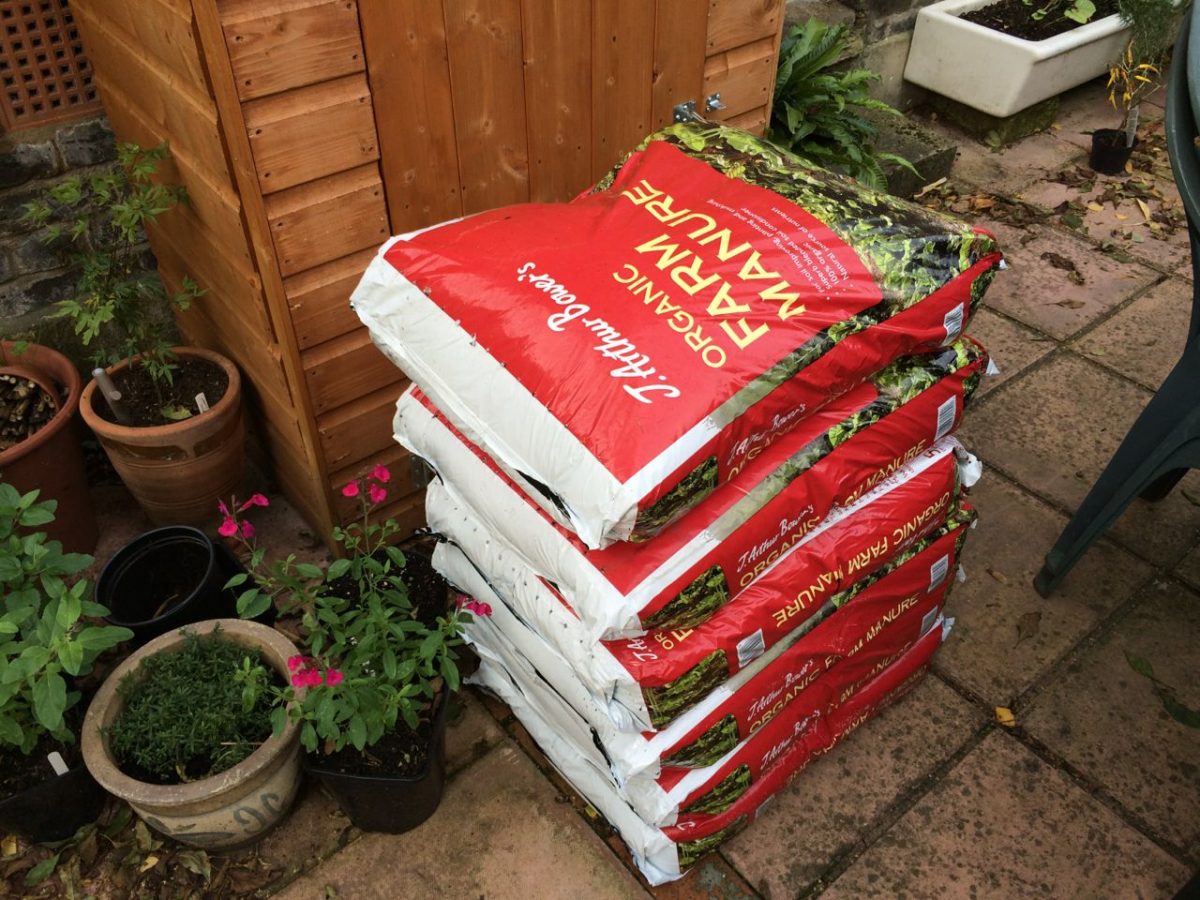
- Weeding: now is the best time to get into plantings and weed out annual and perennial weeds using a hand fork or hori hori. I use both, the hori hori for tap roots and hand fork for finer spreading roots. On dry days it may be cold but those roots come out easily.
- Mulch: you don’t have to mulch ornamental plantings if you follow my guides on the Wild Way for natural planting but it is often needed in annual edible growing, around veg. If you haven’t already, you can still mulch planting areas with homemade and peat-free compost or well-rotted manure. Old advice says you should do this when the ground is warm but it makes little difference.
- Slow cut back: I leave most plants over winter for wildlife until the weather starts warming up but as some plants collapse and look worse for wear, I begin to make gradual snips to remove the worst offenders. These are added to compost heap or chopped up with secateurs and left on the ground as a mulch.
- Clean: greenhouses, pots, sheds and tools all need a good tidy in the winter months so, no time like the present!
Plan

- Look: have a wander through your garden to look at plants to see which shrubs might need pruning either now or later in the year, which plants might need dividing and for any other interesting planty goings on.
- Revisit photos: look back through the photos you took of your garden over the last year. What worked? What didn’t? What will need moving? This is a very useful exercise when the garden is looking largely dead in winter.
- Crop rotations: draw up a plan of your edible kitchen gardens and think about a 5 year crop rotation, moving the crops around so they aren’t growing in the same spot for a number of years in a row. This can minimise issues with nibbling insects and soil diseases on crops, while helping to balance nutrients in the soil.
Vegetables
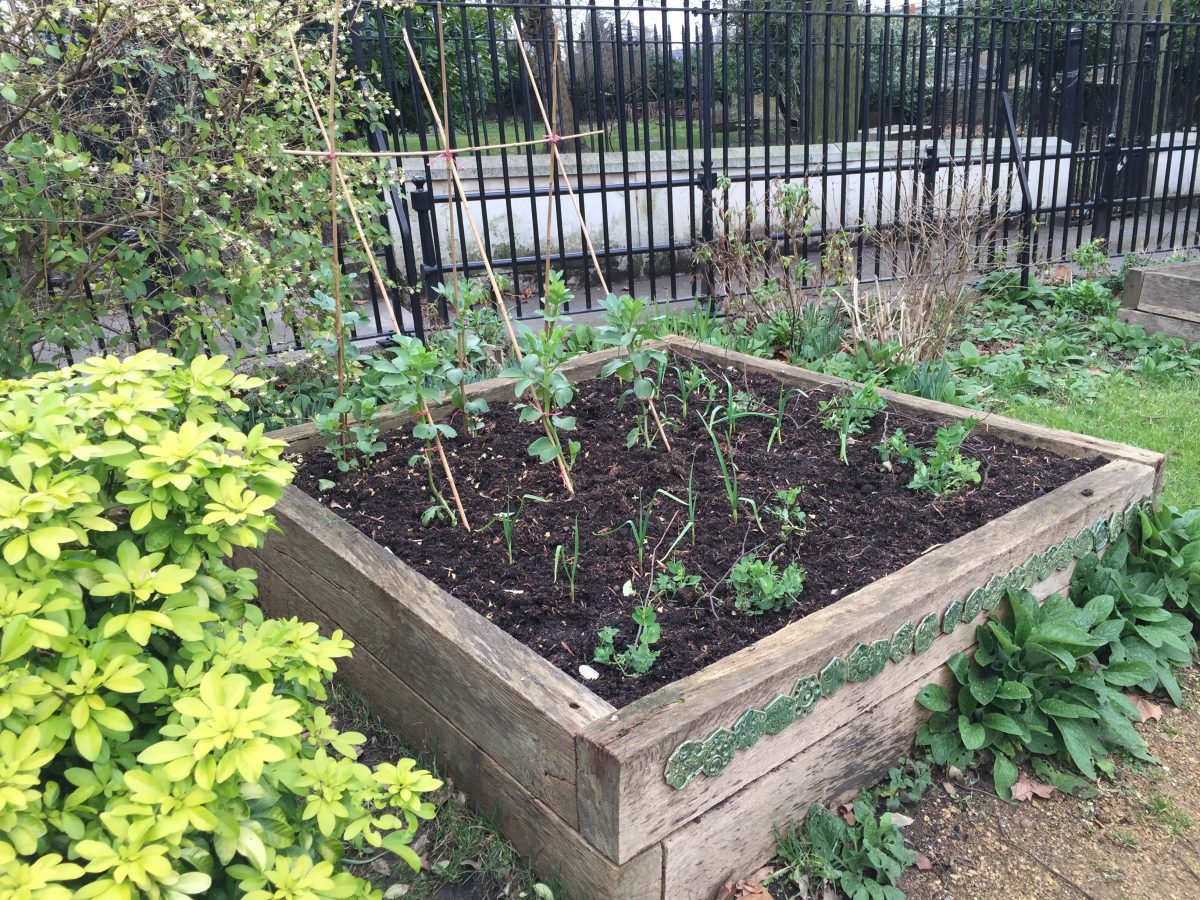
- Order seeds of: tomatoes, peppers, chillies, onions, shallots and aubergine as these are started now or very soon.
- Sow: onion seeds indoors in trays now to germinate in the warm before then moving outside to a protected spot such as inside a cold greenhouse, polytunnel or coldframe.
- Order seed potatoes
- Sprouts and microgreens: can be grown in any month, even in the depths of winter and for this reason I think they are brilliant.
- Brussel sprouts: harvest and support using canes against winter winds.
- Sprouting broccoli: support them with canes to stop strong winter winds knocking them over before they crop in spring.
Fruit
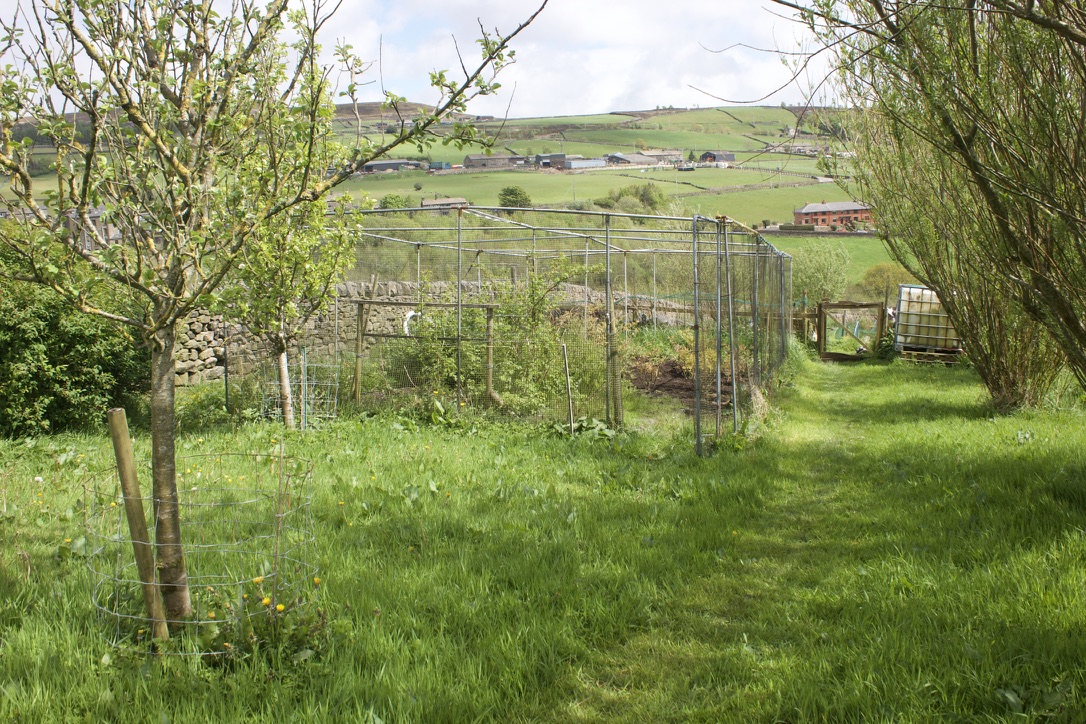
- Raspberry canes: plant dormant raspberry canes now. If you have room grow summer and autumn raspberries, otherwise just grow autumn raspberries because they’re much easier to look after.
- Rhubarb: divide while dormant between autumn and early spring. Dig up the large rootball and slice into large pieces with a spade making sure each has roots and a growing point. Cover established plants with a large bin or rhubarb forcer if you’d like early forced stems.
- Gooseberries and red currants: prune now for vigour and shape. Cut out diseased, dead, damaged and crossing shoots first. Gooseberries and red currants (and white currants) should grow on a single stem with branches coming from about 10cm from the base. Remove any suckers or low growing shoots to keep this clear trunk. Remove and branches that are growing low to the ground, keeping only those growing upright. Remove any in the centre to maintain a fairly open branch shape. I prefer to spur prune, which means working your way along each stem reducing each side shoot to about 5-8cm long, this is where fruits develop. Reduce the tip of each main branch by about the length of your secateurs.
- Apples and pears: order and plant bare root trees now while dormant as there is a wider range and they’re cheaper than potted plants. Winter prune plants now for structure.
- Fruit cages: now is the best time to build one if you are thinking of adding it, before anything starts growing and getting in the way.
Flowers and foliage

- Sweet peas: sow now inside on a windowsill or in a cool glasshouse or polytunnel. Protect from mice until they germinate – I germinate inside and move outside to a cold frame once they’re growing for this reason.
- Hellebores: remove the worst looking old leaves if you haven’t already to prevent black spot from setting in this coming year, black spot can be carried over across years on the leaves if you don’t do this. However, if some leaves look perfectly healthy, leave them as I do, as this gives the plant more energy from photosynthesis.
- Roses: prune if you haven’t already, check online for how to prune the type you have. For bushes it’s usually cutting back to a low framework about 30cm high and for climbers, removing the oldest stems.
- Dahlia cuttings: if you have dug up your dahlias (I’m not really sure why anyone would bother as they’re largely hardy in the lower two thirds of the UK) you can start some growing now if you plan to take cuttings from them. Otherwise leave them for another month or so.
- Buddleja and Sambucus (elderflower): cut back hard now or next month while dormant, you can go right to the base but I tend to cut to about 30 – 60cm depending on how large I want them to grow in summer. For Sambucus flowers, only cut them back lightly otherwise they won’t flower this year but you will have larger leaves. Buddleja flower no matter how hard you cut them.
- Wisteria: carry out the winter prune.
- Review evergreen structure: look at your garden naked in winter (the garden, not you naked… though actually either is fine if your neighbours are OK with it). Is it worth adding any evergreen shrubs or perennials to improve the winter look? Unless it’s absolutely freezing, potted plants can be planted now – if plants are outside in a pot, it doesn’t make any difference when you plant them.
House plants
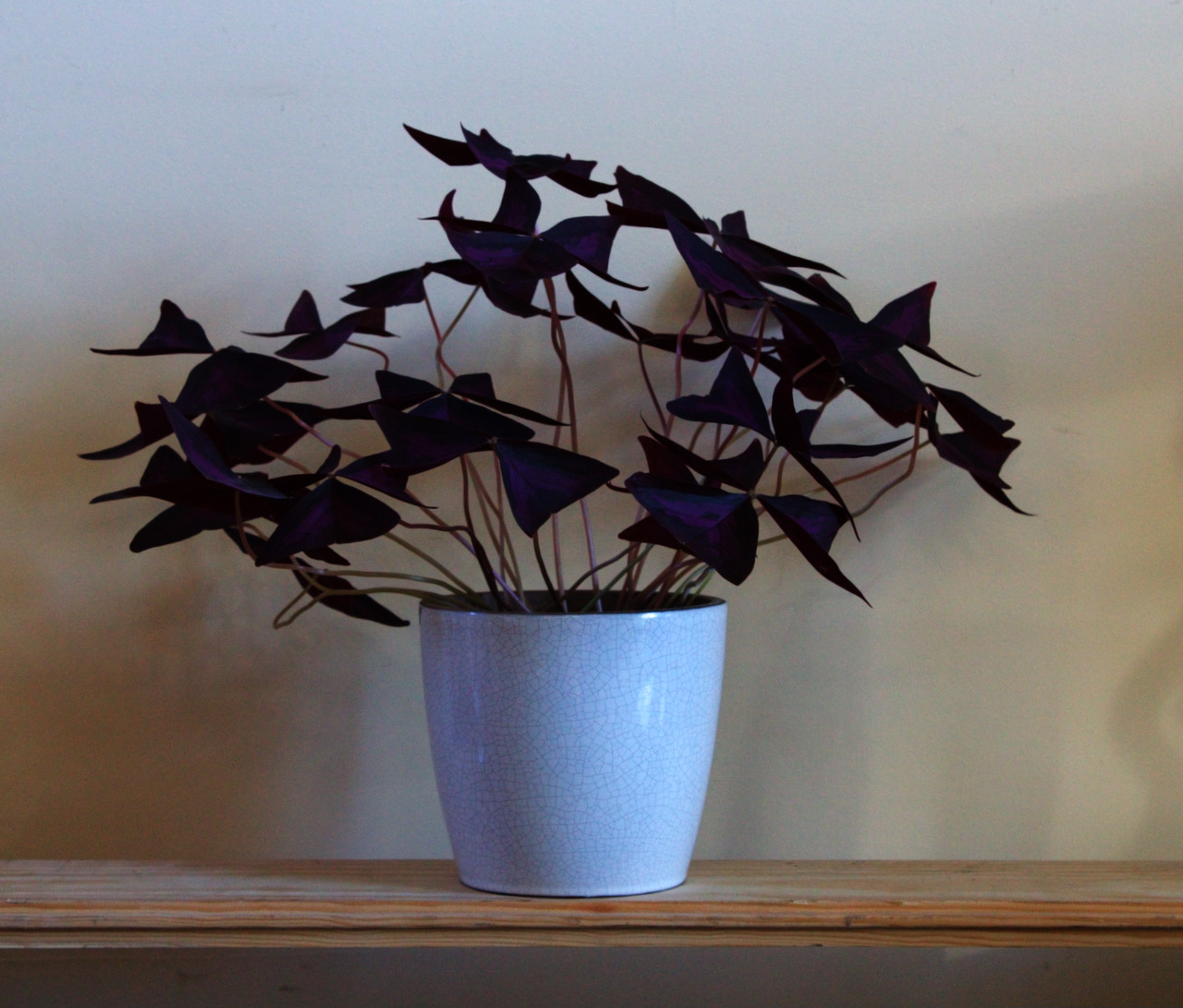
- Repot: start repotting houseplants now. I use ordinary peat free compost, though for those that like drier conditions like cacti, succulents and Hippeastrum I add horticultural grit and sometimes a little sand. Orchids tend to use a different mix of lightly composted bark and moss.
- Cutback: dried leaves can be removed now.
- Fertilise: some houseplants will be actively growing in winter either because it’s their time to do so or because they’re confused by central heating. Go with the flow and give em a boost with a little fertiliser, I use organic seaweed fertiliser diluted in water.


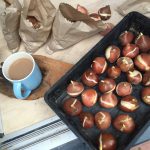

Really interesting article. Thank you. I am just about to start my plan for 2021 and to review all my scribbled notes about what worked and didn’t work in 2020.
Great article and some good ideas – landscaper here based in Cardiff! Rhidian
Love these updates Jack. Thank you for ‘common sense’ approach